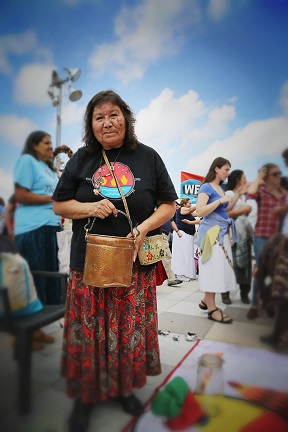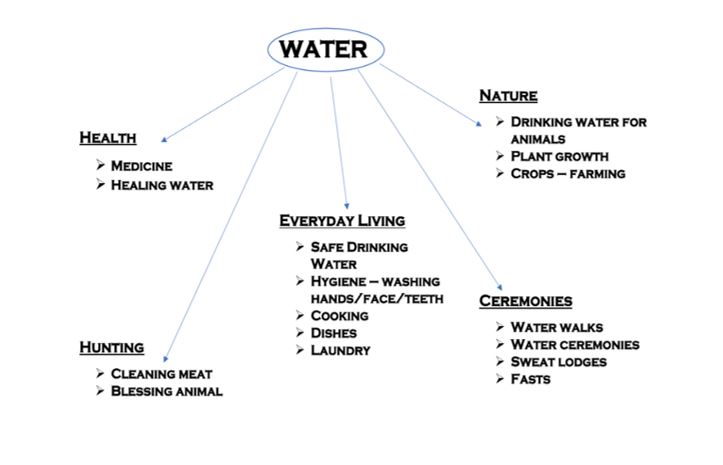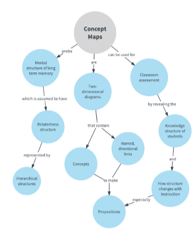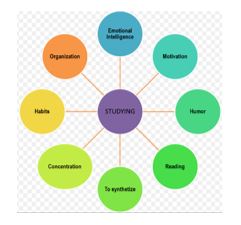Water in First Nations Ceremonies
“Water has to live, it can hear, it can sense what we’re saying, it can really, really speak to us. Some songs come to us through the water. We have to understand that water is very precious.” – Josephine Mandamin, Water Walker, 1942-2019
Background information
Water is one of the four elements that are very sacred to First Nations people. Many First Nations ceremonies involve water. These ceremonies include water walks, water ceremonies, sweat lodges, and fasts. These ceremonies will be described, videos about them will be watched, and a special type of discussion will be held.
Lesson 1: Water in First Nations Ceremonies
Grade: 10-12 (Science, Health, Social Studies)
Topic: How water is involved in water walks, water ceremonies, sweat lodges, and fasts.
Time: 2 hours for instruction and research; 1 hour for Fishbowl Activity.
Space requirement: Classroom
Materials: Smartboard or computer and projector.
Objectives: Students will learn how water is involved in water walks, water ceremonies, sweat lodges, and fasts. Students will be able to discuss how water is involved in water walks, water ceremonies, sweat lodges, and fasts.
Keywords: First Nations, Sacred, Medicine Wheel, Elements, Life Sustaining, Mother Earth, Water Walks, Wikwemikong, Water Walkers, Elders, Water Ceremony, Whiteshell Provincial Park, Anishinaabe, Spirituality, Ceremonies, Water Carriers, Womb, Sweat Lodge, Moon Time, Smudges, Animal Skins, Framework, Hot Stones, Steam, Prayers, Spirits, Grandfathers, Cleansing Fasts, Vision Quests, Impurities, Meditation, Spiritual Cleansing, Visions, Dreams, Bear Feast, Spirit Guide, Bear Clan, Algonquin-Speaking, Traditional Occupations, Intertribal Relations, Marriages, Anishnaabeg, Warriors, Healers
Directions/Procedures:
1. Present the “Water in First Nations Ceremonies” PowerPoint presentation to the students. This will include the viewing of a 13-minute video, a six-minute video, an 11-minute video, and a five-minute video.
2. During the videos, pause frequently to allow students to discuss as a large group or in small groups what they just watched. This will be part of the Watch-Think-Write activity.
Watch: watch the portion of video played
Think: think and discuss as a group what it was, what it means, what they learned, etc.
Write: write thoughts about the video and/or summarize the video and discussion to use as notes. Also, write any questions you may have – these will be used for the Fishbowl activity.
In pairs or small groups, have students create a concept map with water as their middle basis. The concept map will help students to have a visual of how water is related to everything from health to ceremonies to everyday living. Students can create these on a blank piece of loose-leaf or the teacher can hand out blank white paper.
4. After students have completed their concept maps in small groups, come together as a whole class and put all the ideas into one large map/web on the whiteboard, on a Smartboard, or on a computer that is connected to a projector. Students can add to their copy as necessary.
Concept Map Examples:
5. Once students have a completed list of notes about water ceremonies (from the PowerPoint/videos) and a concept map, they will do a guided fishbowl activity. Break the students into four groups of equal size (or as equal in size as possible). Each group will be given a type of ceremony (water walks, water ceremonies, sweat lodges, and fasts). Students will use their notes from the PowerPoint, discussions, and videos to jot down talking points. Students may also want to do further research to expand their knowledge. Provide guided questions to get the conversation moving. Have students discuss the ceremonies and interconnections to the rest of the world/spiritual world; as well as their purpose, outcome, and preparation. The focus group (the experts - much like a jigsaw activity) will sit in the centre of the room; they are the fish. The rest of the students will be the bowl - creating a larger circle on the outside. This can be set up multiple ways with chairs, desks, standing, whatever your classroom/spatial environment enables.
6. Start each focus group in the centre by stating what their topic is (what ceremony they are covering). Allow each student to speak - they can decide who will say what, but saying one or two facts or examples each may work, depending on group size. Once everyone in the centre has spoken, open the floor to the bowl. The students can ask questions, make comments/statements, or challenge something that was said. Rotate the focus groups until all the groups have had a chance to be in the middle. Allow at least ten to fifteen minutes per group; depending on conversation flow. If you notice that students are stumped, try to throw in a guided question.
7. Students in the bowl are required to take further notes of what is discussed in the centre, questions that are asked, or any information they think is important. Advise students to keep their information for the rest of the unit.
Evaluation: Can be based on their participation in the discussions, their concept maps, and their notes.
Resource List – See below.
Resources
Anishinaabe Clan System. (2019). Retrieved from https://en.wikipedia.org/wiki/Anishinaabe_clan_system
Fishbowl. Facing History and Ourselves. (2019). Retrieved from www.facinghistory.org/resource-library/teaching-strategies/fishbowl
Introducing the SWEAT LODGE. (2012). Retrieved from https://www.youtube.com/watch?v=VDLUQlOR_nI
Keepers of the Water. (2013). Retrieved from https://www.youtube.com/watch?v=3eKPmTXusPw
Lakota Sioux Vision Quests. (2011). Retrieved from https://www.youtube.com/watch?v=1FySH1pFlUs
Meet Josephine Mandamin (Anishinaabekwe), The “Water Walker”. Indigenous Rising: An Indigenous Environmental Network Project. (2014). Retrieved from https://indigenousrising.org/josephine-mandamin
Michipicoten Water Ceremony. (2018). Retrieved from https://www.youtube.com/watch?v=MrpYtG92u6U
Mi’kmaw Spirituality – Fasting. Mi’kmaw Spirit. (2016). Retrieved from http://www.muiniskw.org/pgCulture2e.htm
Mi’kmaw Spirituality – The Sweat Lodge. Mi’kmaw Spirit. (2016). Retrieved from http://www.muiniskw.org/pgCulture2d.htm
‘Pray for the waters’: Great Water Gathering brings Indigenous, non-Indigenous protectors together. CBC News. (2017). Retrieved from https://www.cbc.ca/news/indigenous/pray-for-the-waters-great-water-gathering-brings-indigenous-non-indigenous-protectors-together-1.4243996
Rituals, Worship and Festivals. Retrieved from https://canadianaboriginal.weebly.com/rituals-worship-and-festivals.html





